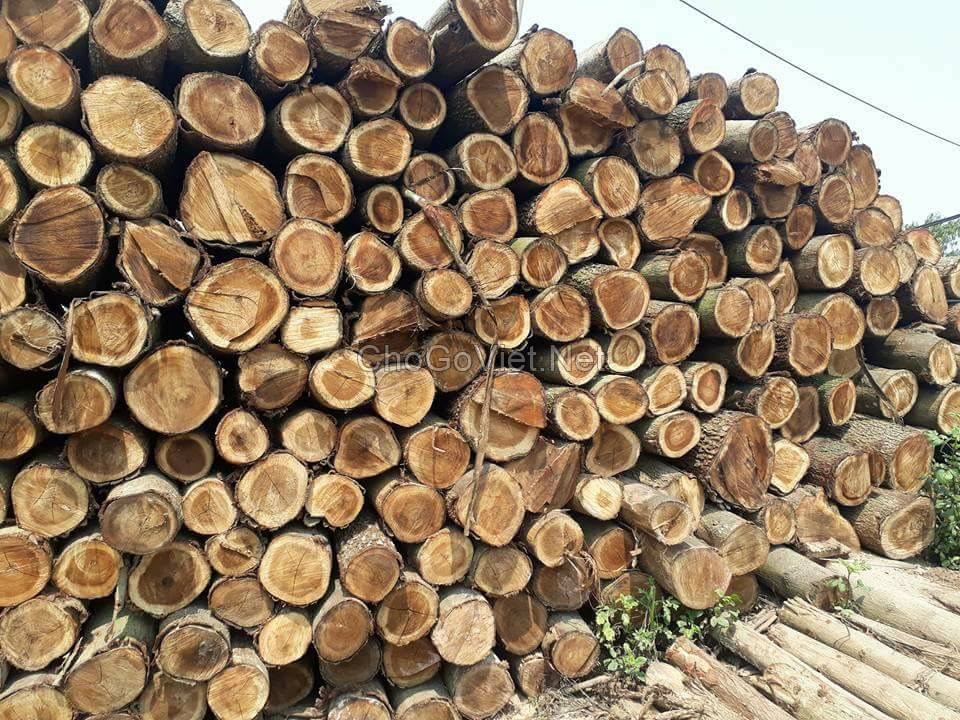
Acacia introduction
Acacia belongs to the genus Acacia (scientific name: Acacia) is a genus of some species of shrubs and woody plants native to the ancient mainland of Gondwana, belongs to the subfamily Virgin (Mimosoideae) belongs to the Bean family (Fabaceae), first described by Linnaeus in 1773 in Africa. Today, there are about 1300 species of Acacia trees worldwide, of which about 950 species are native to Australia, and the rest are common in dry areas of the tropics and warm temperate climate in both hemispheres, including Africa, southern Asia, Americas. However, the genus Acacia does not appear to be monophyletic. This discovery led to the division of Acacia into 5 new genera.
The furthest northern species of this genus is Acacia greggii (cat’s claw acacia), reaching 37 ° 10 ′ north latitude in southern Utah, USA; the species that grow to the south are Acacia dealbata (silver acacia), Acacia longifolia (seaside acacia or Sydney yellow acacia), Acacia mearnsii (black acacia) and Acacia melanoxylon (black wood acacia), reaching 43 ° 30 ′ south latitude in Tasmania, Australia, while the Acacia caven reaches the same latitude to the south, in northeastern Chubut province, Argentina. In English, the Australian species are called wattle (Australian acacia), while the African and American species are collectively known as Acacia.

Acacia characteristics
Often the leaves of the acacia species are generally pinnate leaves. However, in some special species in Australia and the islands in the Pacific, the leaflets are annihilated and the petioles are flat, facing up, having the same effect as the leaves; they are called phyllode. The vertical orientation of the phyllode protects these plants from overheating due to the intense sunlight, because they block less light than the horizontal leaves. Some species (such as Acacia glaucoptera) lack both leaf and phyllode, but have stem like leaf-phylloclade, which are part of the stem that has been transformed into a leaf-like form for photosynthesis.
Acacia has small flowers with 5 very small petals, almost hidden in long stamens and is distributed in dense spherical or cylindrical inflorescences; they are yellow or cream in some species, others are whitish or even purple (such as Acacia purpureapetala) or red (in the recently grown Acacia leprosa).
There are some species that often have thorns, especially those that grow in arid areas. They are usually shortened, hard and sharp branches, or sometimes leaf-like leaves. Examples: Acacia armata is Kangaroo thorn in Australia, Acacia giraffe, is camel hemp in Africa. In Central America, Acacia sphaerocephala (cow thorn) and Acacia spadicigera, the leaves are similar to large spines that are often hollow and provide nesting places for the ants, which feed on secretions produced on petioles and other foods. eating singly at the tip of leaflets; on the contrary, they protect the plant against leaf-eating insects.
In Australia alone, acacia species are destroyed by the larvae of some moth species of the Hepialidae family, those of the genus Aenetus such as A. ligniveren. They burrow horizontally around the trunk, then vertically down. Other larvae of the same Lepidoptera have also been recorded to destroy Acacia, such as the brown-tailed butterfly, Endoclita malabaricus. Leaf-eating larvae of some species of the Bucculatricidae family also damage acacia leaves: for example, Bucculatrix agilis eats only Acacia horrida or Bucculatrix flexuosa leaves that only Acacia nilotica leaves.
The use of Acacia wood
There are several different species of acacia that produce substances, including Arab gum is actually a product of the Senegalese acacia (Acacia senegal), a common plant in the arid tropics of West Africa, from Senegal to northern Nigeria.
Acacia arabica is the “Arabian acacia” in India, but they produce lower quality gum than real Arabic gum. Acacia arabica bark is used in Sindh for tanning. In Ayurveda medicine, this bark is considered a useful remedy for the treatment of premature ejaculation.
The bark of different species of acacia is rich in tannin and an important export item; The species with the greatest value are Acacia pycnantha (yellow acacia), Acacia decurrens (acacia bark), Acacia dealbata (silver acacia) and Acacia mearnsii (black acacia). Black acacia is cultivated in South Africa. The fruit of Acacia nilotica (called “neb-neb” in the native language), another African species is also rich in tannin and is also used by tanners.
In addition, some species provide valuable timber; for example Acacia melanoxylon (black wood acacia) in Australia, they are large tree species; Their wood is used to make furniture and highly polished products; or Acacia homalophylla (Myall wood, also in Australia) produces scented wood, used for ornamental purposes. Acacia formosa offers a valuable Cuban wood called “sabicu”. Acacia seyal is considered to be the acacia (shitta) that appeared in the Bible and provided the wood shitta. It was used in the production of the Jewish Dharma box. As a spiritual symbol, it is also one of the most powerful symbols in Freemasonry, representing the soul of God and purity of soul. Acacia heterophylla from Réunion Island and Acacia koa (Hawaiian acacia) from the Hawaiian Islands are valuable timber species. In Vietnam, Acacia mangium and Acacia auriculiformis are grown as raw materials for paper production and forest rehabilitation. Acacia farnesiana is used in perfumery industry because of its strong fragrance.
The astringent in medicine, rubber (catechu), is obtained from some species, but especially in Acacia catechu, by boiling wood and evaporating the solution to obtain the extract.






